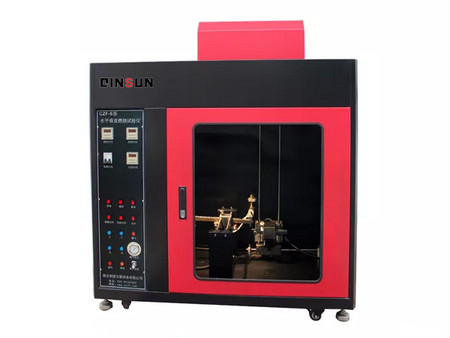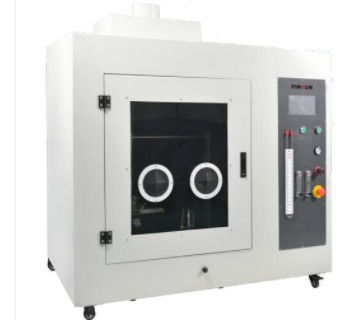How do you test the flammability of plastic?

The flammability of plastic can be tested using a variety of methods, depending on the specific type of plastic and the intended use of the material. Here are some common methods for testing the flammability of plastic:

1. UL 94: The UL 94 standard is a commonly used flammability test for plastics. It involves burning a small sample of the plastic in a controlled environment and measuring the time it takes for the flame to extinguish, as well as the amount of dripping and flaming that occurs during the test. The plastic is assigned a classification based on its performance during the test, ranging from V-0 (the most flame resistant) to HB (the least flame resistant).
2. Oxygen index: The oxygen index test measures the minimum concentration of oxygen in a gas mixture that is required to support combustion of a plastic sample. This test is used to determine the relative flame resistance of different plastics and can provide information about the effectiveness of flame retardants.
3. Heat release rate: Heat release rate (HRR) testing measures the amount of heat released by a material during combustion. It provides information about the rate at which a fire may grow and spread and can be used to develop fire safety standards for different types of materials.
4. Cone calorimetry: Cone calorimetry is a more advanced flammability testing method that measures the heat release rate, smoke production, and other parameters during combustion. It provides more detailed information about the combustion process and can be used to develop more accurate fire models and safety standards.

5. Limiting oxygen index: The limiting oxygen index (LOI) test measures the minimum concentration of oxygen required to support combustion of a plastic sample in a vertical position. It is used to evaluate the flame resistance of plastics and can provide information about the effectiveness of flame retardants.
6. Other tests: Other tests for plastic flammability include the vertical flame test, the horizontal flame test, and the smoke density test. These tests are used to evaluate the flame resistance, smoke production, and other fire safety characteristics of plastic materials.
In summary, there are several methods for testing the flammability of plastic, including the UL 94 test, oxygen index test, heat release rate testing, cone calorimetry, and others. These tests provide important information about the fire safety characteristics of plastic materials and can help to inform the development of fire safety standards for different types of applications.
2023-07-14 15:21


